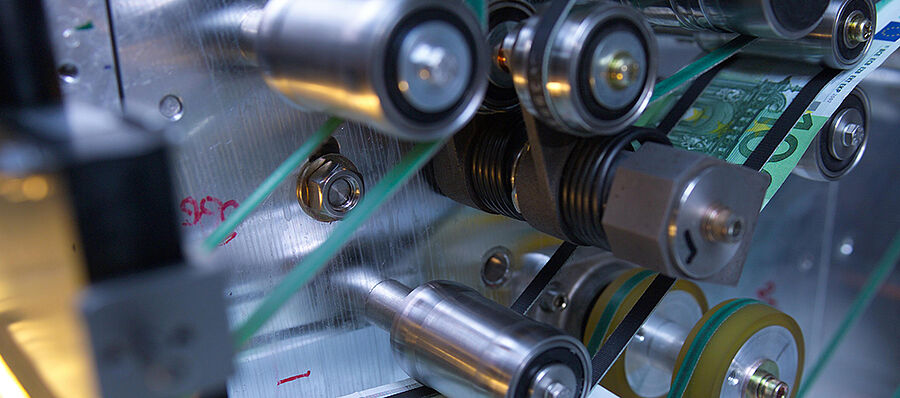DEEP LEARNING IN INDUSTRIAL INSPECTION
Can DEEP LEARNING be used as a universal tool for machine vision, just like a Swiss Army Knife? We at AIT work at the forefront of machine learning and we know when deep learning is the appropriate tool for solving your problem and when it’s not.
ADVANTAGES OF DEEP LEARNING
In the past, tasks like optical quality control required a solution that had to be custom-engineered every time anew. Change the process? Change everything. Deep learning can minimize that costly and labor-intensive process and at the same time increase speed and accuracy of quality inspection.
Deep Learning methods like CNNs (Convolutional Neural Networks) are methods that imitate the principles of the human brain to solve problems. CNNs are trained on a specific set of data. By analyzing a vast database, the software can spot and recognize patterns. Thus, in contrast to classical methods in which models are designed and cast into formulas, even blurred problems can be solved.
DEEP LEARNING CAN BE USED FOR
With the help of deep neural networks, one is able to solve various tasks in the field of industrial inspection, e.g.
- defect classification,
- error and anomaly detection, and
- substitution of complex imaging algorithms for better quality and runtime.
INDUSTRIAL CHALLENGES FOR DEEP LEARNING
Training still requires a huge amount of annotated data. In industrial production processes, there is a lot of data about what a flawless product should look like, but there are not enough images of defects, which are as important for a successful training of a neural network as good samples.
We solve this by using methods like
- ONE CLASS LEARNING
- DATA AUGMENTATION
- GENERATIVE ADVERSARIAL NETWORKS (GAN)
DEPLOYMENT PROCESS
With the experience from our research conducted in special
development environments we can:
- Keep deep learning solutions as simple as possible.
- Ensure deployability and high processing speed.
- Minimize the effort for deployment on different platforms.
- Investigate available deep learning deployment Hardware technologies.
- Use our own deep learning solutions to deploy them on standard hardware for deployment verification.
DEEP LEARNING CAN DO A LOT FOR YOU...
Deep learning methods are powerful and appealing. By using deep learning, it is possible to solve
problems and tasks where traditional image processing algorithms fail.
CLASSIFICATION
- Reliable object classification
- e.g. defects, coins, components, texture, characters… - Distinguish between real and pseudo defects
- Deep learning increases classification performance
SUBSTITUTION OF COMPLEX ALGORITHMS
- Complex State of the Art Image Processing Algorithms can be substituted with Neural Networks (e.g. CNNs)
- Train to mimic slow and complex image processing algorithms
- Benefit from speed and accuracy of Neural Networks
ONE CLASS LEARNING / ANOMALY DETECTION
- Training with good samples only
- No or only few bad samples required for training
- Defects are detected even if never seen before
- Recognition of fake although trained with genuine only
DATA AUGMENTATION
- Training with insufficient number of data
- Calculation of artificially but realistically looking Training data using Generative Adversarial Networks (GANs)
- Less annotated training data required





![[Translate to English:] Frontseite Flyer Deep Learning](/fileadmin/_processed_/6/0/csm_front_deeplearning_40bb08fcd7.png)